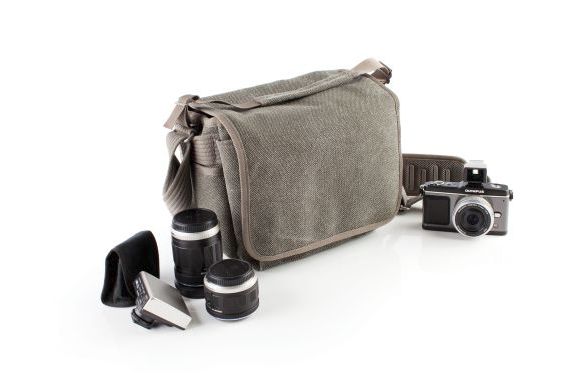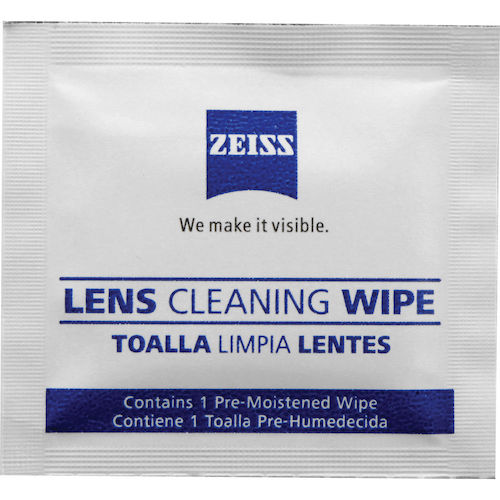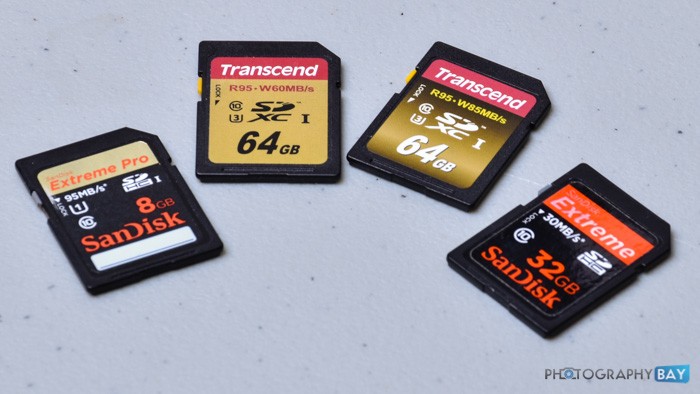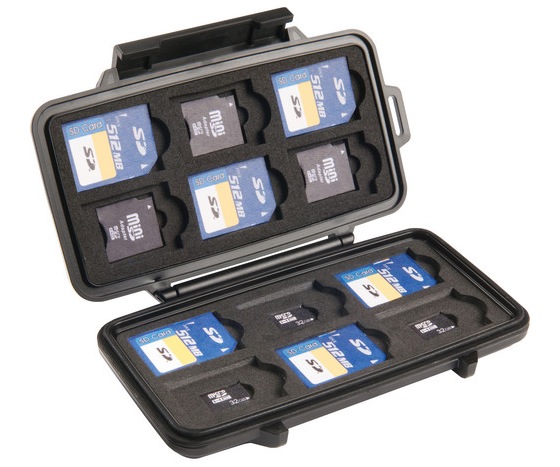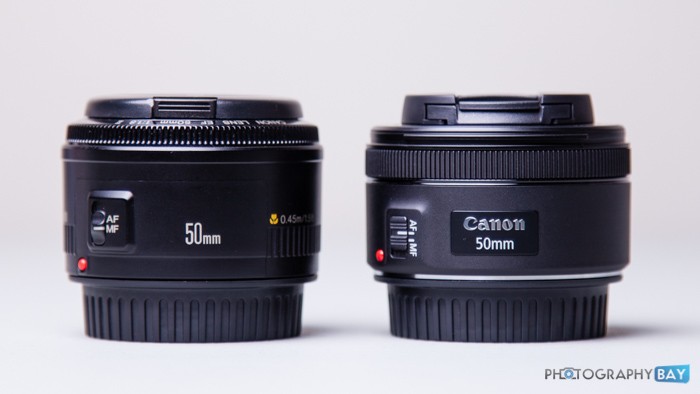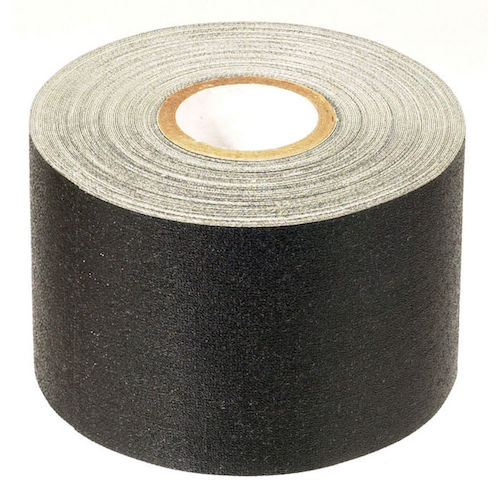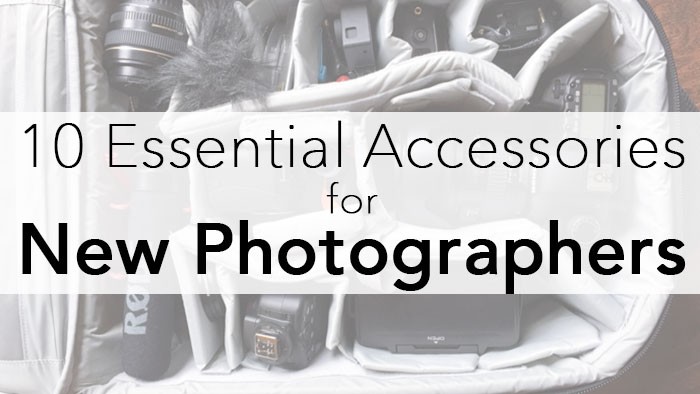
Over the years, photographers find what works for them and build a camera bag full of essential accessories for the way they work and shoot. There are many different items that can find there way into photographers’ bags but some are more essential and universal than others.
Discovering these essential items early on can save new photographers some frustration along the way. So here are 10 essential accessories that will make your life easier.
1. A Great Camera Bag
A lot of starter kits provide you with a camera, lens and a camera bag. More often than not, the camera bag you get with these kits is not all that great. Of course, some are definitely better than others.
For years, I used a cheap Canon backpack to house my growing kit. It worked well enough, but I outgrew quicker than I moved on from it. So, consider taking a look at bags from Think Tank Photo, Lowepro and other reputable manufacturers to find one that fits your style of carry and your kit.
I’m not going to recommend a specific bag because every photographer has different tastes. For instance, I’m partial to a shoulder-carry bag for a daily carry bag. And I need one that holds a 15″ laptop for my standard daily kit. Read reviews and find what bag fits you and your kit.
2. Adobe Lightroom
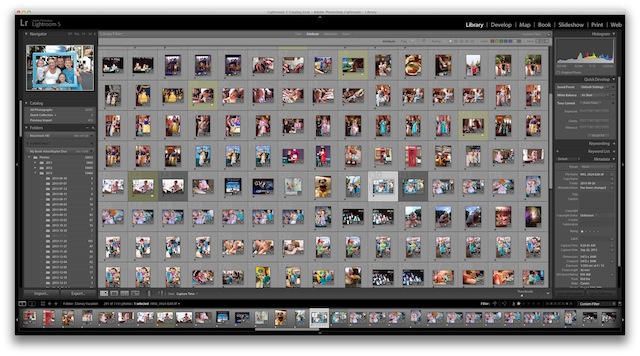
I know. It’s not really something that goes in your camera bag. However, Adobe Lightroom is currently the industry standard for photo organization and processing. If you don’t have a professional workflow for processing your images already, give Lightroom a try. You can download a free 30-day trial to see if you like it.
The image processing tools are solid and camera support is nearly universal. However, the organization tools are even better. Learn to organize your images using metadata tags and collections and you’ll appreciate it even more after 5 years or so…
Adobe now has some great Lightroom tools for iPad and iPhone that you can sync to your desktop library of images. To get the sync feature though, you have to subscribe to Adobe’s Creative Cloud, which costs $10/mo.
I think it’s worth the subscription price because you also get the full version of Photoshop as well – and that’s only $120/year to spend on photography software. But if you aren’t cool with a monthly fee, you can also buy Lightroom outright.
3. LensPen
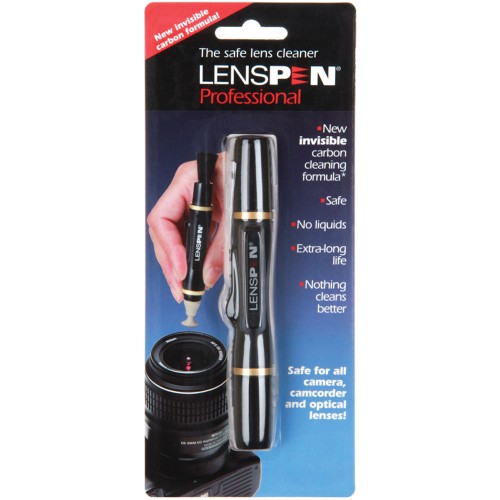
So this is the first tool in the list that actually goes in your camera bag but it is essential. There’s really no easier way to quick get rid of dust or smudges on your lens that with a LensPen. Also, they are affordable at just $10 a piece, so there’s no excuse to use your t-shirt to clean your lens.
4. Lens Wipes
Just like the LensPen, moist lens wipes are worth keeping in your bag. Sometimes you get stuff on you lens that its really better to remove with something wet. Enter Zeiss lens wipes. They are ammonia-free and safe to use on anti-reflective coatings found on modern lenses.
A box of 60 wipes is less than $5 and they are pre-packaged in individual little packets, so you can throw a few in pouch of your camera bag without taking up much space at all.
5. Quality Memory Cards
SanDisk, Lexar, Transcend and such. Pick a solid brand and buy some of their faster cards. You don’t have to have the fastest cards, but don’t cheap out on the least expensive card they sell.
You can learn more about memory cards speeds and ratings in these two articles:
(1) Demystifying SD Cards;
(2) Making Senses of Memory Card Read / Write Speeds and USB 3.0 / Thunderbolt Data Transfer Rates
6. Memory Card Wallet
What good are quality memory cards if you can’t find them. Trash the crappy little plastic cases that are included with memory cards and pick up a memory card wallet or case to keep them all organized.
I love Think Tank Photo’s memory card wallets and Pelican’s 0915 SD/microSD and 0945 CF memory card cases.
Bonus Tip: After you’ve shot with a memory card and are replacing it in your camera, put the used memory card face-down in the case. Keep ready-to-use memory cards face-up in your case.
7. A Better Camera Strap
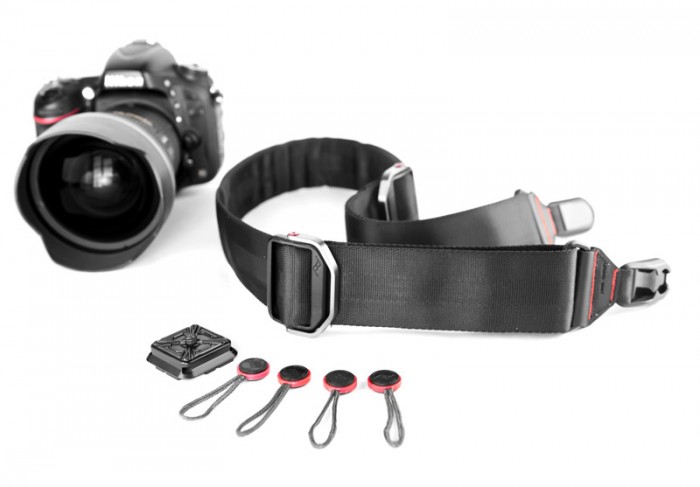
The world of camera straps has blossomed over the past decade. There are so many great ones from which to choose. Sling-style straps are very popular and I’m quite the fan of CustomSLR’s straps. Other notable straps include those from Blackrapid, Joby and Peak Design.
Also consider a good hand grip strap. I actually love using a hand grip strap and find that I will use it more than a shoulder strap on many days. There are plenty of these to choose from as well.
8. Tripod & Ball Head
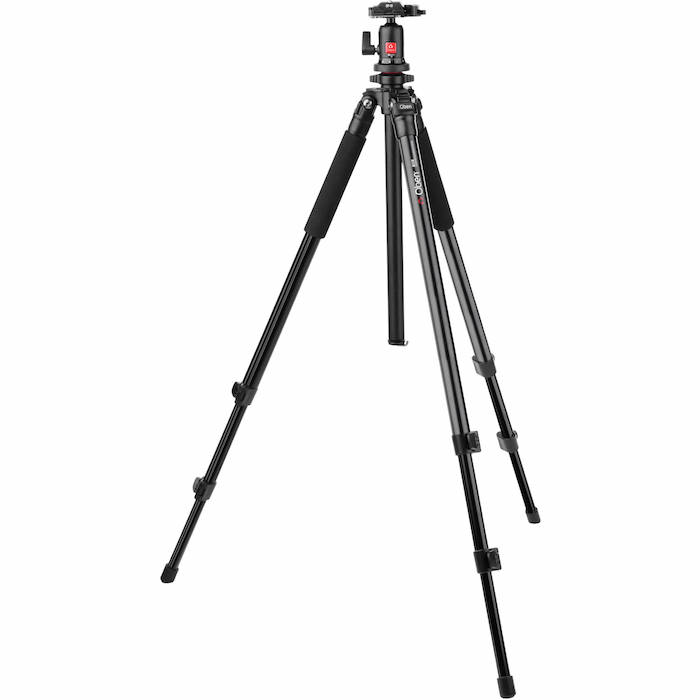
A crappy tripod and head is better than no tripod and head; however, there are so many affordable tripod kits out there, it’s hard to justify buying a crappy tripod. Spend a few more dollars and buy a good tripod from the likes of Manfrotto, Vanguard, Oben, MeFoto, Slik and such.
You can get a decent starter kit for around $100 or so. I recommend going with a ball head unless you have already developed a preference for a 3-way pan/tilt head. Ball heads are more popular among photographers in general and are more intuitive for beginners to use.
9. A Fast 50mm Lens
You’ll hear these lenses called “Nifty Fifty” or “Fast Fifty.” They are great additions to any kit. On entry-level cameras like the Canon Rebel series or Nikon D5xxx or D3xxx series, they make a great portrait lens for a great price. This is generally the first extra lens that I recommend to new photographers and becomes a part of nearly everyone’s standard kit at some point in their photographic journey.
Canon sells a 50mm f/1.8 STM lens for $125. Nikon’s 50mm f/1.8G lens runs a little over $200. Sony offers its E-mount 50mm f/2.8 OSS lens for under $300. Pentax’s smc DA 50mm f/1.8 lens runs about $100.
10. Gaffer Tape
Gaffer tape (aka gaff tape) is a live saver in a pinch. You can use it to help modify light, help mount a variety of things, secure wardrobe items in place, secure cords and cables and cover viewfinders, among a million other things. I keep a small roll in my bag all the time and find I often need it when I least expect it.
Gaff tape is not quite as affordable as your standard duct tape (a small roll will cost you $6) but it also doesn’t leave the residue that duct tape leaves and it is non-reflective because it is made from cloth. Once you use it, you’ll understand why it is an industry standard tool.
Copyright/DMCA Notice: The RSS entry was originally published on Photography Bay. RSSID#794326
